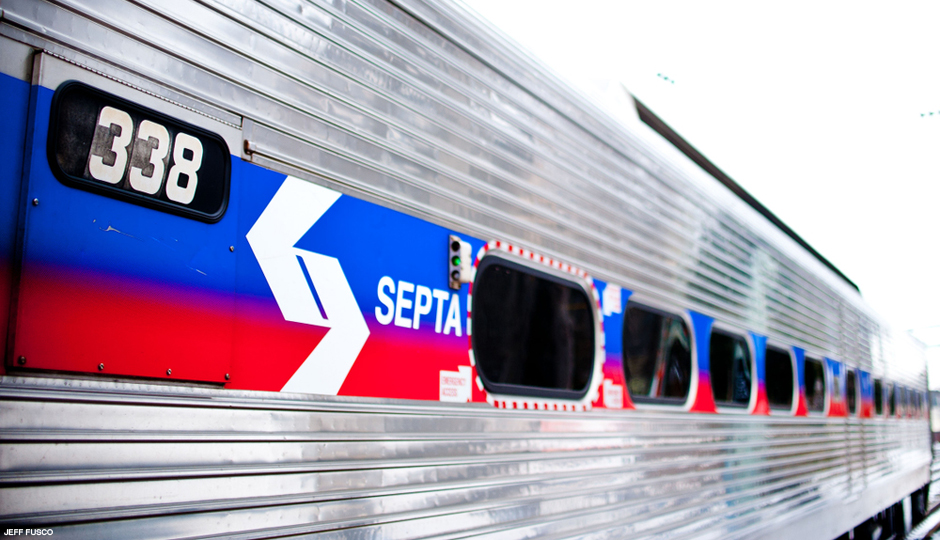The Regional Rail Fiasco Proves How Good SEPTA Really Is

Photo by Jeff Fusco
There are many in Philadelphia who consider our mass transit system the worst in the United States, if not the planet. Some of these people point 150 miles down the road to Washington, D.C. as an example of what mass transit in Philadelphia could — and should — be.
There was a time when I might have agreed. But no more. If you want an example of how far SEPTA has come in the past decade or so, and why Washington’s Metro is the last system Philadelphia ought to be emulating, read on.
March 27th marked the 40th anniversary of the 1976 opening of Metro’s first segment. But instead of celebrating that day, Washingtonians were fuming. Just 12 days before, the entire system had been shut down for a day so officials could inspect electrical cables after a fire broke out in a tunnel. A similar fire a year earlier filled a train with smoke, killing one passenger and injuring 84 others.
That fatality was merely the latest in a string of deaths and injuries on the Metro stretching back to 1982. Almost all of the accidents that caused these injuries revealed something wrong in the system. Some exposed poor maintenance, such as defects in the automatic train control system discovered only after a 2009 crash that killed nine and injured 70. Others unmasked inadequate training or sloppy operations, such as when a passenger videotaped a train operator texting while at the controls of a moving train.
After each incident, Metro officials claimed they would improve their procedures and make the system safer. Yet the incidents continued to pile up. That pile stands as an indictment of the people who built and ran the Metro for most of its history.
Back in the 1980s, a series of crashes, almost all non-fatal, plagued SEPTA Regional Rail as well. But since 1990, when the worst accident in the history of Philadelphia rapid transit killed four and injured 162 on the Market-Frankford Line, very few of the injuries and fatalities that have occurred on SEPTA’s rail system have been the result of defective equipment or operator errors. And when SEPTA employees spot a problem, as they did Friday morning on the system’s Regional Rail cars, they now take steps to make sure the problem gets fixed. And if it can’t be fixed, management puts passenger safety first, as it did when it removed 120 railcars from service this week.
The Washington Metro may be more extensive and attractive than SEPTA’s skeletal subway system. But what good is beauty and convenience if those who run it can’t guarantee you’ll arrive safely?
For most of its history, Washington Metro management emphasized construction over maintenance and public relations over addressing problems. There was a time when you could say that last bit about SEPTA management too, but that’s now well in the past. SEPTA has devoted many hours and much effort to improving its safety culture, which stands in stark contrast to Washington’s. It has also invested heavily in improving the quality of its customer service. And, as we learned again this weekend, when things go wrong, SEPTA now opens up to the public to explain what’s happening and why, and what’s being done to deal with the problems.
All of these things explain why the American Public Transportation Association gave SEPTA its “Best Large Transit System” award back in 2013. That might be cold comfort when you’re waiting for a bus that never shows up or wondering why a city this big has a subway system this small, but when you compare SEPTA to the public transit systems in Washington, Boston or a number of other cities, it should be cause for quiet pride.
Follow @MarketStEl on Twitter.